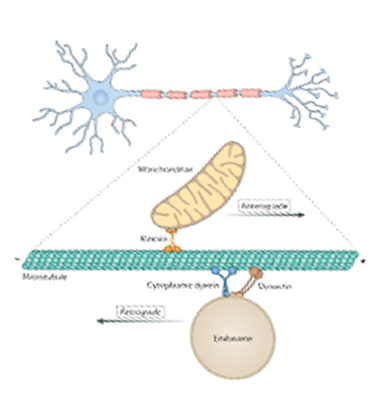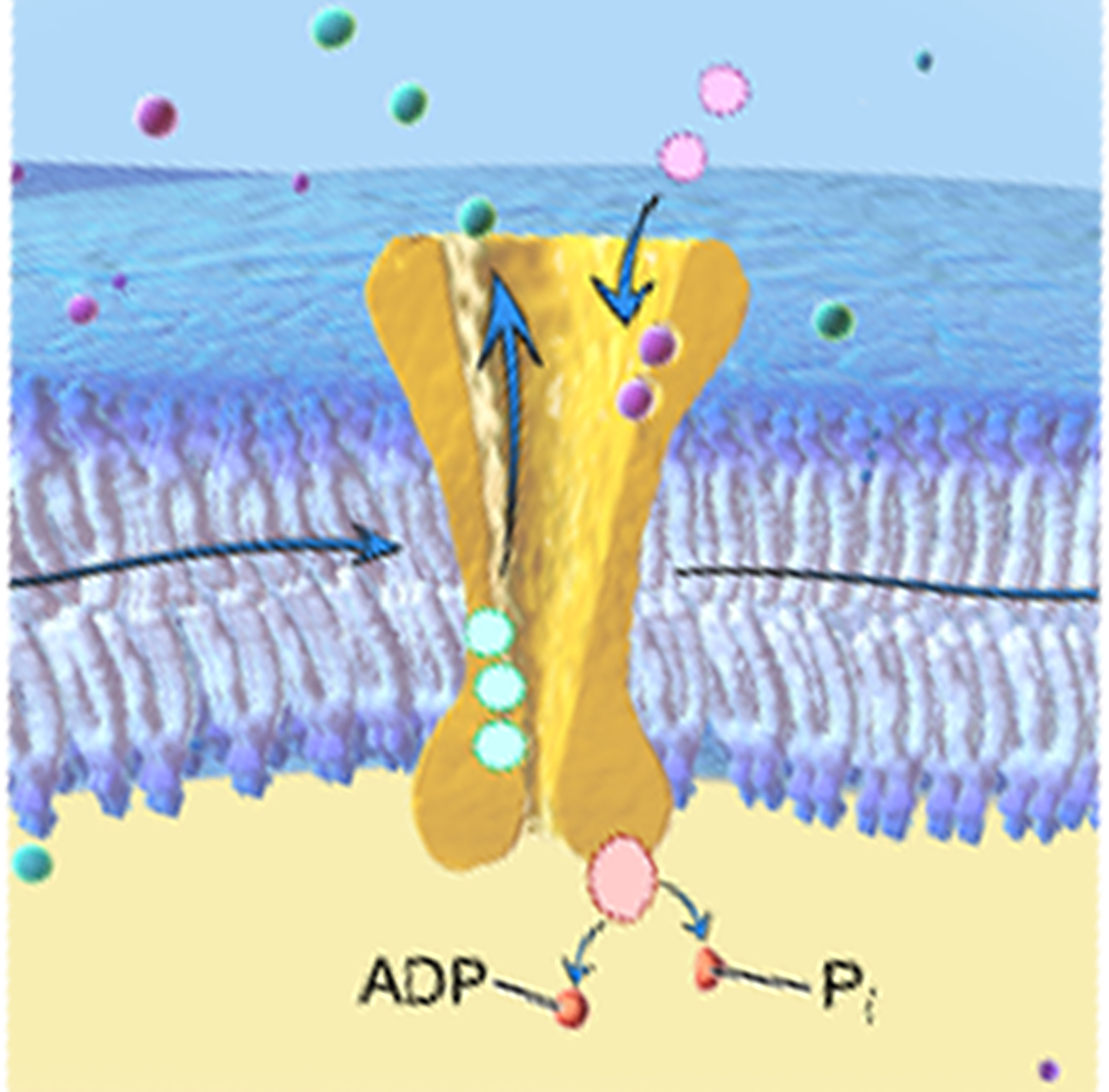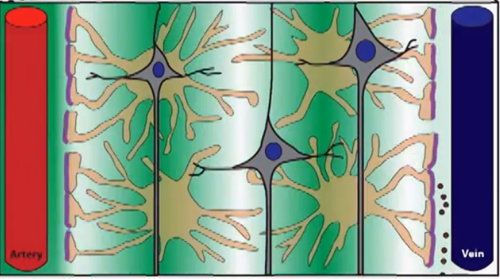Thursday, 12 October 2023
Targeted memory reactivation during sleep

Today I’d like to talk a bit about learning passively while you sleep—for example, by playing a recording. As it turns out, this process seems to work only for very simple forms of associative learning under very specific conditions. You can’t learn anything completely new in your sleep. So, for example, if you play Spanish or French language tapes during the night, without doing anything else, you won’t get any results, except for maybe a bad night’s sleep. (more…)
Sleep and Dreams | Comments Closed
Tuesday, 19 September 2023
Mechanisms underlying anatomical the tracing methods
 Today I’d like to tell you about the cellular mechanisms underlying the tracing methods used to visualize the paths that axons follow from one structure in the brain to another. The use of these methods in animal models is based on the ability that neurons have to move molecules along the microtubules in their axons. This process is essential to the normal functioning of neurons and is known as axonal transport. It works by means of motor proteins that, when supplied with a bit of energy, constantly change form to drive all kinds of molecules carried in vesicles, a bit like a porter with a load on his back. There are some animations on the Internet that illustrate this process, and it’s pretty impressive! (more…)
Today I’d like to tell you about the cellular mechanisms underlying the tracing methods used to visualize the paths that axons follow from one structure in the brain to another. The use of these methods in animal models is based on the ability that neurons have to move molecules along the microtubules in their axons. This process is essential to the normal functioning of neurons and is known as axonal transport. It works by means of motor proteins that, when supplied with a bit of energy, constantly change form to drive all kinds of molecules carried in vesicles, a bit like a porter with a load on his back. There are some animations on the Internet that illustrate this process, and it’s pretty impressive! (more…)
From the Simple to the Complex | Comments Closed
Monday, 28 August 2023
The sodium-potassium pump : an essential protein
 Today I’d like to tell you about the sodium-potassium pump. This protein is found in the membranes of neurons and of many other kinds of cells, and its role is to re-establish the ion-concentration gradients necessary for the transmission of nerve impulses as well as for other functions elsewhere in the body. Scientists long wondered how the sodium-potassium pump managed to transport sodium ions in the first phase of its work and potassium ions in the second without transporting the wrong kind of ions by mistake (see this animation). It was not until 2009 that scientists were able to observe this protein’s overall structure, and not until 2013 that they were able to demonstrate the answer to this question: the pump changes its conformation (shape) between these two phases. (more…)
Today I’d like to tell you about the sodium-potassium pump. This protein is found in the membranes of neurons and of many other kinds of cells, and its role is to re-establish the ion-concentration gradients necessary for the transmission of nerve impulses as well as for other functions elsewhere in the body. Scientists long wondered how the sodium-potassium pump managed to transport sodium ions in the first phase of its work and potassium ions in the second without transporting the wrong kind of ions by mistake (see this animation). It was not until 2009 that scientists were able to observe this protein’s overall structure, and not until 2013 that they were able to demonstrate the answer to this question: the pump changes its conformation (shape) between these two phases. (more…)
From the Simple to the Complex | Comments Closed
Monday, 31 July 2023
Visualization and mental imagery

The process of mental imagery was first demonstrated in experiments such as those by Shepard and Metzler , in the early 1970s, in which the subjects had to decide whether 3D images of arrangements of cubes matched a physical model. To complicate this task, the images in question had been rotated in space. The researchers soon realized that the more the images had been rotated, the longer it took for the subjects to determine whether or not they matched the model, which meant that the subjects were turning the cubes “in their heads” to see whether there was a match. (more…)
Body Movement and the Brain, From Thought to Language | Comments Closed
Wednesday, 21 June 2023
Sophisticated cleaning systems in our brain

.
The human brain continuously consumes 20 to 25% of all the energy used by the human body and therefore inevitably produces large amounts of potentially toxic wastes, estimated to roughly equal the brain’s own weight over the course of a year. To eliminate all of this waste, the brain uses its own waste-clearance system, called the glymphatic system to indicate that it uses glial cells to perform the same function in the brain that the lymphatic system performs in the rest of the body. Previously, scientists had long thought that the brain cleansed itself by passive diffusion of cerebrospinal fluid from its ventricles. But that would be a very slow process for an organ as active as the brain. (more…)
From the Simple to the Complex | Comments Closed







